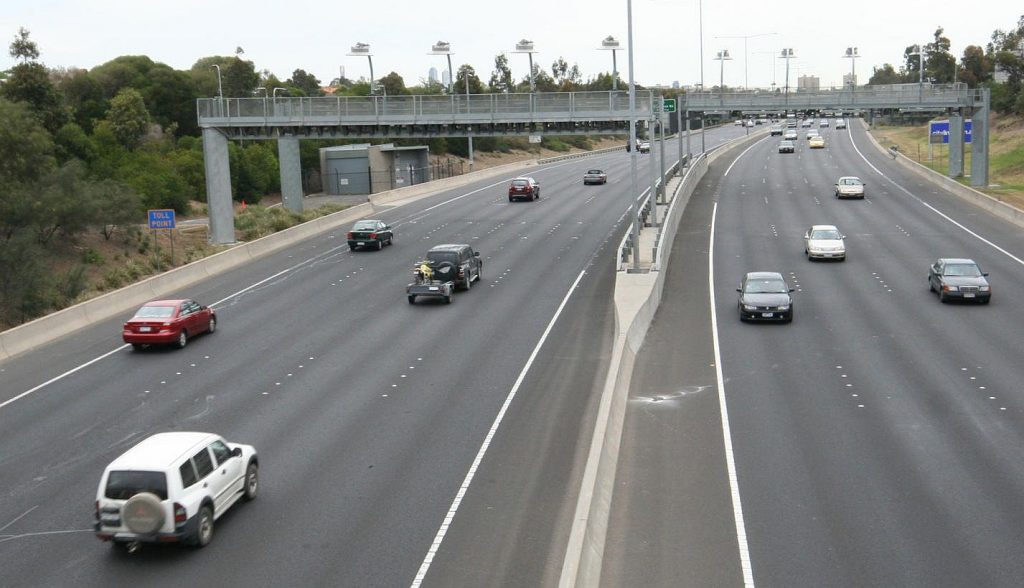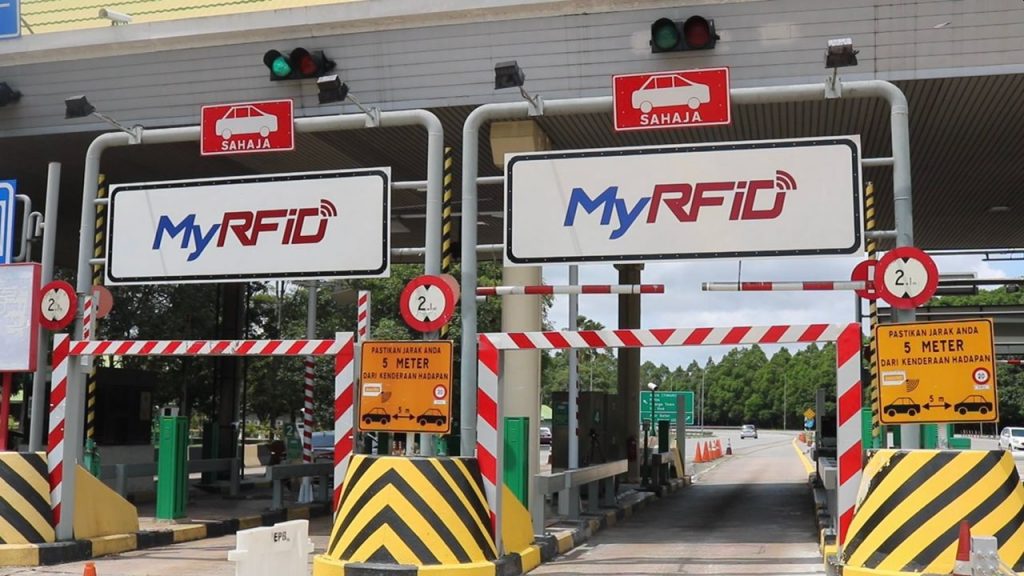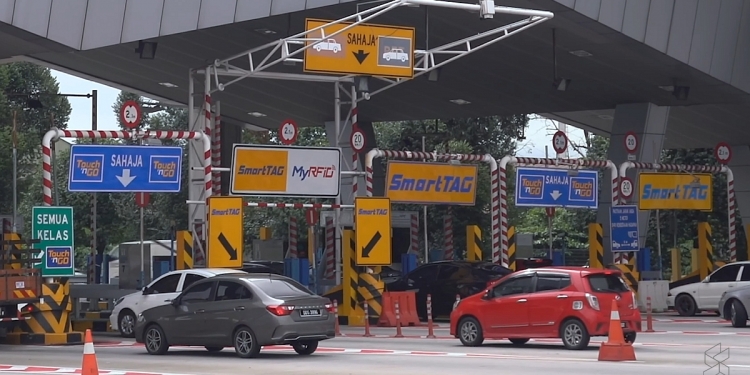The demolition of Touch ‘n Go’s monopoly for public transport and highway toll payments has been set in motion this week with the recent announcements by both Transport Minister and Works Minister. This is great news for consumers as credit and debit cards will soon be accepted in addition to the current Touch ‘n Go card.
The biggest questions about the open payment system for highway tolls are how and who is responsible?
How do you actually pay with your credit or debit card?

As announced by Works Minister Alexander Nanta Linggi, Malaysia now aims to implement Multi-Lane-Free-Flow (MLFF) by Q3 2024. An MLFF proof of concept (POC) will be conducted at selected highways before the end of October 2023 to evaluate the system before it is rolled out to all tolled highways in Malaysia. To recap, MLFF is a barrier-less tolling system with no physical toll plaza lanes, which is similar to Singapore’s ERP system. An overhead toll gantry with sensors and cameras will detect the vehicles and the payment is sorted out in the background.
If you thought accepting credit or debit cards for tolls is as simple as adding a contactless card terminal at the booth, well, there’s just one problem. There will be no more physical barriers with MLFF as shown in the photo above. If the plan is to go fully MLFF by the end of next year, it would be wasteful and redundant to invest in upgrading or adding new physical card terminals at toll booths knowing that the barriers along with the physical structure will be removed completely. That’s like buying a new 3G phone in 2020 after the government announced plans to switch off 3G networks by the end of 2021.
While credit and debit cards are great to increase payment options, they are slower to process than Touch ‘n Go cards as the transaction has to authenticate with an external server. Touch ‘n Go is a stored-value card where the terminals can process the payment instantly even without an internet connection. If you have used a Visa Paywave or Mastercard PayPass at carparks, you’ll know that it takes a few seconds longer than tapping a Touch ‘n Go card.
With consumers already complaining about paying RM35 for Touch ‘n Go’s RFID tag, it better not be another “SmartTAG” device that you can insert your credit and debit card.
The logical move is to use RFID or other forms of automated payment which interestingly was not mentioned by the Works Minister in his post on Facebook. MLFF is supposed to offer a seamless highway tolling experience and we shouldn’t be implementing a system where drivers will have to take out a physical card from their wallet to pay for tolls.
Who is responsible for Open Payment System for tolling?

Talks about having an Open Payment System aren’t new and it was promised by CIMB and Touch ‘n Go back in 2019 for its TNG RFID system. As part of an agreement to get PLUS to adopt TNG RFID, it was announced that users will be able to link their RFID tag to other cashless payment options including bank accounts, credit cards and debit cards. It has been over three years now and TNG eWallet remains the only payment option for TNG RFID.
So the biggest question is who will be responsible to implement the Open Payment System? Is it still Touch ‘n Go that has failed to deliver on its promise or is the government appointing a new technology partner to deploy an open payment system for highways in Malaysia?
Deputy Works Minister Datuk Seri Abdul Rahman Mohamad told Parliament this week that the ministry will allocate RM3.46 billion to implement MLFF which will overcome and reduce congestion on highways, particularly at toll plazas. With less than two years remaining to implement MLFF, the government has not publically announced the vendor or partner that will deliver the barrier-less highway experience.
What’s interesting is the Deputy Minister told Parliament that the government is working towards implementing MLFF by conducting a study of its use starting in 2024. Don’t we have enough studies already? It is high time for the government to walk the talk.
Is 6 months enough time for seamless deployment on 5 highways?

As announced by the Works Minister, credit and debit card payments will be supported starting September 2023 at Sungai Besi Expressway (Besraya), New Pantai Expressway (NPE), Ampang-Kuala Lumpur Elevated Highway (AKLEH), Guthrie Corridor Expressway (GCE) and Penang Bridge. While this news is great for consumers, the government has yet to announce who is tasked to deploy an open payment system and enable it on the 5 highways.
If the current TNG RFID despite being tested through public pilots for years is still having issues, introducing a fourth payment option could cause an even bigger problem if not implemented properly. At the moment, most toll plazas only have a single RFID lane which can be a huge congestion issue when just one vehicle gets stuck.
Assuming that the plan is to allow users to link their credit or debit cards to RFID, will the system allow toll barriers to open before the transaction is authenticated? What if the open payment system fails to get confirmation from the bank/card provider on time? What if a credit card user has maxed out their credit limit or the debit account is low in balance? These are the complexities we all as users will have to face in the current toll setup with barriers.
As we’ve highlighted repeatedly before, the toll barriers are still here to stay until there’s a comprehensive legal framework to address leakage. This also includes the enforcement of standardised number plates and an effective mechanism for highway operators to collect outstanding tolls automatically.
Related reading
- Road to MLFF: These 5 highways will support credit and debit cards by September 2023
- RFID Malaysia: Here’s what these 3 ministers need to do to get rid of highway toll barriers
- Anthony Loke: Public transport to accept credit and debit card payments soon
- Anwar: Govt to reconsider Touch ‘n Go’s monopoly on highway tolls and public transport








